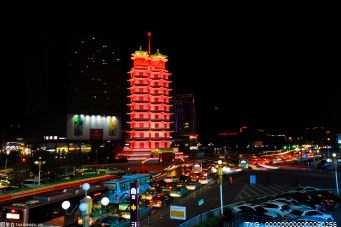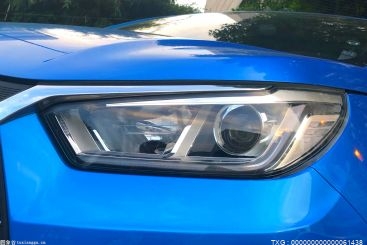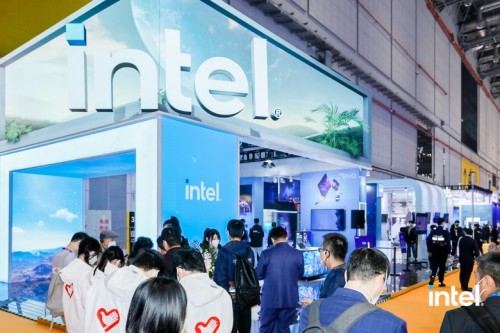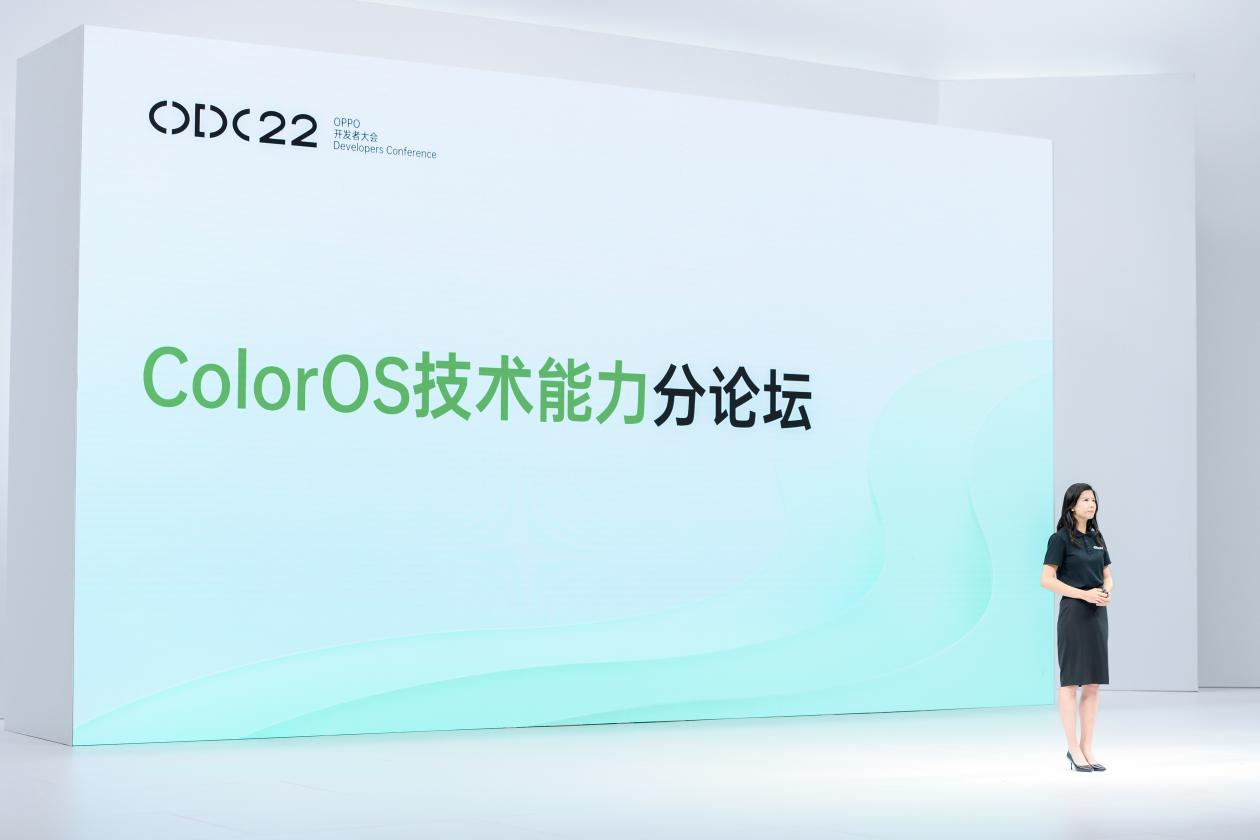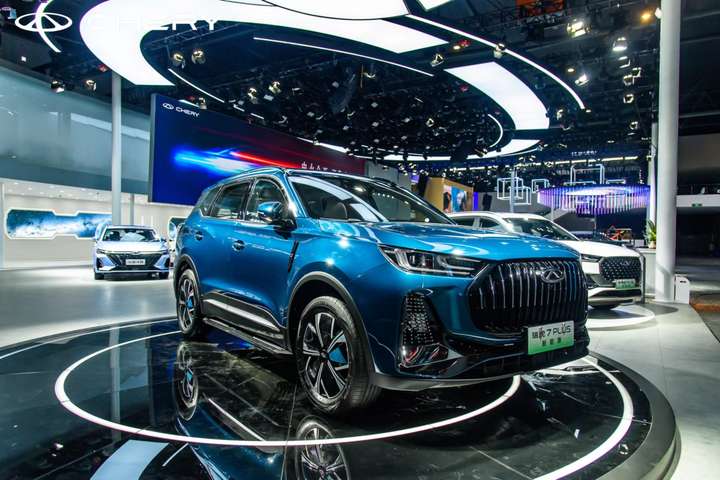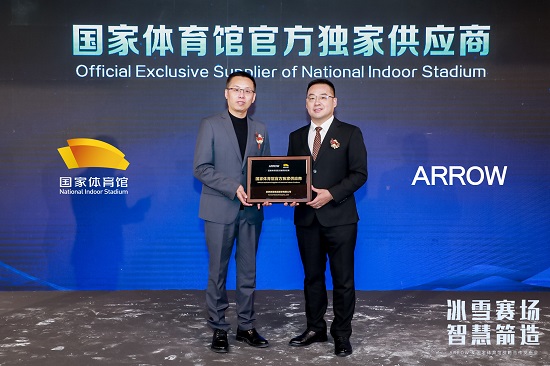Image source: STMicroelectronics
BEIJING, June 8 (TiPost) -- European semiconductor supplier STMicroelectronics (NYSE: STM) said on Wednesday in a statement that it had signed an agreement with Chinese compound semiconductor company Sanan Optoelectronics to set up a 8-inch silicon carbide manufacturing joint venture in Chongqing, China.
 (相关资料图)
(相关资料图)
The total investment of the joint venture is $3.2 billion, including capital expenditure of $2.4 billion over the next five years.
On the same day, Sanan said in an announcement that the registered capital of the new JV, in which Sanan will own 51% and STMicroelectronics the remaining 49%, is $612 million.
The plant will likely be put into production in 2025 and ramp up to full capacity in 2028. The weekly production capacity of the plant will be 10,000 8-inch SiC wafers, Sanan said.
According to STMicroelectronics, the plant will produce automotive SiC chips exclusively for the European company with its intellectual properties. Meanwhile, Sanan will independently build and operate a new 8-inch silicon carbide substrate manufacturing facility to meet the needs of the joint venture.
"China is moving fast towards electrification in automotive and industrial. Creating a dedicated foundry with a key local partner is the most efficient way to serve the rising demand of our Chinese customers," said STMicroelectronics CEO Jean-Marc Chery in the statement, adding that their company plans to reach more than $5 billion in the revenue of SiC device by 2030 and that the new JV will help STMicroelectronics to achieve this goal.
“With this new JV and the new SiC substrate capacity expansion, we are confident that we will continue to take the lead in the SiC foundry market,”said Simon Lin, the CEO of Sanan.
Silicon carbide (SiC) is a kind of semiconductor materials with a wide bandgap (also called "the third-generation semiconductor material" in China). Compared with traditional semiconductor materials, SiC can operate at higher temperatures, high voltages, radiation conditions and high frequencies, and semiconductors made of SiC process electricity more efficiently. It has been applied in industries including mobile communication, the smart grid and high-speed railways.
In 2018, Tesla replaced its Si-based IGBTs with ST"s 650V SiC MOSFET in the inverter on its Model 3 for the first time. As the 800V fast-charging systems became a trend for mid- to high-end electric vehicles, other companies such as Porsche, BYD, Azera, and Xiaopeng also began to use SiC devices. New energy vehicles, charging piles and other automotive-related applications have become the largest market for SiC.
According to the YOLE data cited by Minsheng Securities’ research report, the global market of SiC devices in 2021 was worth $1.090 billion, of which $685 million was applied to the automotive market, accounting for about 63%. It was followed by energy, $154 million (14.1%), and the industry, 126 million (11.6%).
Yole predicts that the global SiC device market will reach $6.297 billion in 2027, with a compound annual growth rate of 34% from 2021-2027. Among others, SiC devices in the automotive market will be worth $4.986 billion, accounting for 79.2%, the No.1 downstream application market for SiC devices.
As the world"s top six SiC device manufacturers, STMicroelectronics, Infineon, Wolfspeed, Roma, onsemi, Mitsubishi Electric account for 41%, 23%, 15%, 10%, 7%, 3% of the global market respectively, with a combined market share of up to 99%, according to Yole data.
Sanan’s share price jumped 3% on the afternoon session of Wednesday, and continued to surge afterwards. The price closed at 20.27 yuan, up 6.07%.
关键词:



























